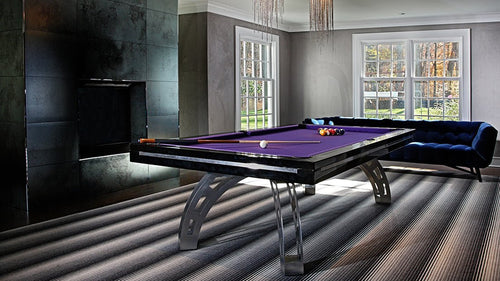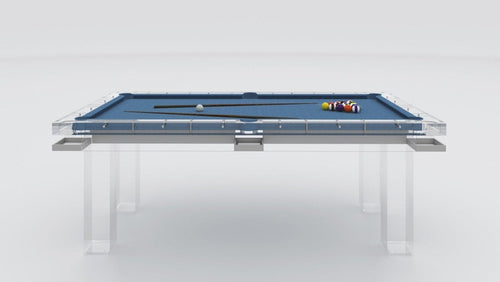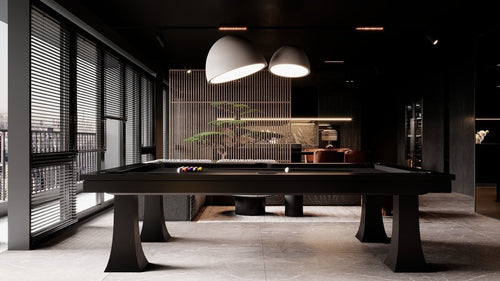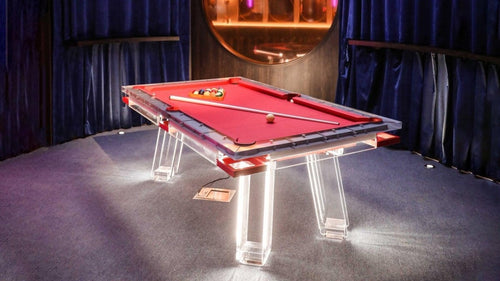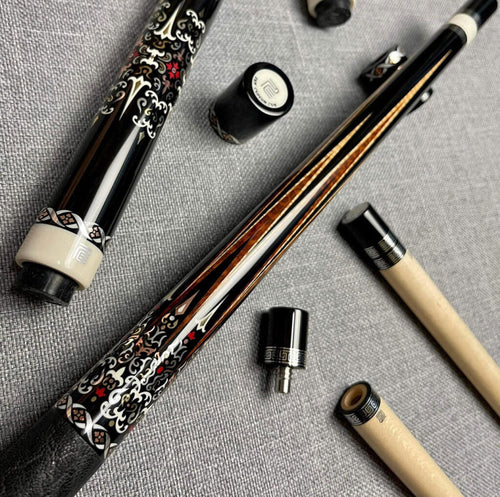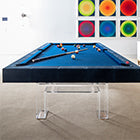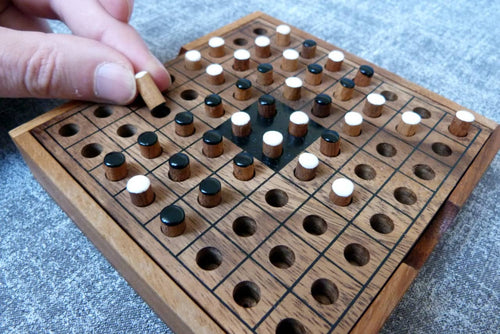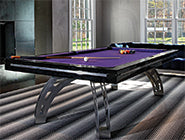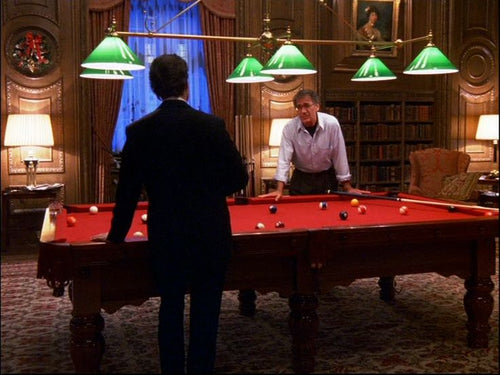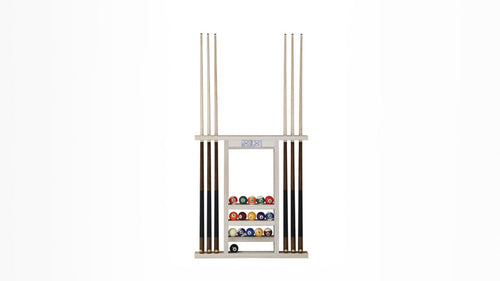Enjoy our modern designs
Introduction
Ever wondered why some players seem to effortlessly dominate the table tennis court while others struggle to keep up? You might think you've got the basics of table tennis down, but the game has layers of intricacies that often go unnoticed by newcomers. In this blog, we'll pull back the curtain on the lesser-known aspects of this fast-paced sport. We're delving into the subtleties that make the difference between a casual player and a formidable opponent, exploring those hidden strategies and unwritten rules that can transform your game.
The 7-0 Rule and the Skunk Rule
In table tennis, a 7-0 lead is often seen as a near-guarantee of victory, not just because of the score, but also due to the psychological edge it gives. It boosts the confidence of the leading player, encouraging bolder plays, while often demoralizing the trailing player. In casual settings, this is amplified by the controversial "skunk rule," which can automatically end the game if such a lead is established, eliminating chances for a comeback. The impact of these dynamics extends beyond the immediate game, influencing the tone of entire matches or tournaments.
The Two-Minute Warm-Up
Before the game of spins and smashes unfolds in table tennis, players engage in a standard two-minute warm-up. This period is more than just physical preparation; it’s a testament to sportsmanship and fair play. As per the International Table Tennis Federation (ITTF) Handbook, Section 3.04.02.01, each player is granted up to two minutes to practice on the match table before the game commences. This warm-up serves as a critical time for last-minute adjustments.
During these two minutes, players acclimatize to the table's surface, the lighting, and any air currents that might influence the ball's trajectory, thereby laying the groundwork for the upcoming match. This time is also essential for equipment assessment. Players examine how the rubber on their paddles interacts with the ball, a vital consideration since the characteristics of the rubber can vary with changes in temperature and humidity.
Diagonal Serving: The Unenforced Norm
Diagonal serving in table tennis, while not mandated by the International Table Tennis Federation (ITTF) rules, is a widespread practice grounded in tradition and strategy. Common in professional and competitive play, these serves offer a strategic edge. They travel a longer distance, reducing the receiver's reaction time and, as highlighted in "Applied Cognitive Psychology," rapid and unforeseen stimuli demand swift decision-making, increasing the likelihood of errors.
Moreover, the diagonal trajectory broadens the range of possible spins, a crucial factor in gameplay. The "Journal of Sports Sciences" points out that spin variations significantly impact a player's return effectiveness. This serving style also maximizes the table's width, challenging opponents to predict the ball's landing zone. It often forces receivers into less advantageous positions, resulting in weaker returns and opening opportunities for scoring.
Additionally, the diagonal angle can disrupt an opponent's rhythm, a tactic aligning with the principles of "disruptive play" in sports. It complicates their ability to establish a consistent playing pattern, as discussed in sports psychology literature. While not an official rule, diagonal serving is a tacitly acknowledged norm, encompassing both strategic and psychological aspects crucial to the game.
The Rubber Inspection
A Trust Exercise According to official International Table Tennis Federation (ITTF) regulations, paddle inspections are a standard procedure in professional matches. It's not just a common practice but a required one. In these settings, either players have the option to inspect each other's paddles, or more often, the umpire performs this duty. While to some this might appear excessive, it's actually a critical aspect of the sport that ensures a level playing field for both competitors.
The Side-Switch Shuffle
Switching sides between games in table tennis, though not a requirement for every match format by the International Table Tennis Federation (ITTF), is a common practice, observed even in casual play. Far from being just a tradition, this practice is grounded in fairness and equal opportunity. By changing sides, players neutralize environmental factors like indoor lighting variations or outdoor wind conditions that could unfairly benefit one side.
Moreover, the act of switching sides holds psychological significance. It can disrupt the momentum of one player while potentially aiding another in finding their rhythm, introducing an additional strategic element to the match. For example, if a player is excelling on one side, switching sides can serve as a 'reset button,' balancing the dynamics and offering the other player a chance to start anew. This aspect of the game adds depth, impacting not just the physical but also the mental side of table tennis.
Psychological Game
Psychological tactics, though not explicitly outlined in the rulebook, play a crucial role in high-level table tennis. Consider the "Waldner Stare" by Jan-Ove Waldner, a gaze that often psyches out opponents, making them feel outmaneuvered at pivotal moments. Similarly, Chinese player Ma Long strategically uses timeouts, especially when leading, to disrupt an opponent’s building rhythm and maintain his own momentum.
These instances are just the tip of the iceberg in the realm of psychological gameplay, which is a constant element in every match. The game's mental aspect encompasses more than just trick shots and deceptive serves. It includes nuanced elements like body language, pacing, and the tactical use of pauses. Timely timeouts and a player's confident presence can instill doubt in their opponent, adding a layer of psychological complexity to the sport.
In conclusion, table tennis is deeply rooted in both official rules and unspoken norms. Understanding these unofficial aspects can significantly enhance your gameplay and provide a competitive edge, even in less formal settings. Whether you're an experienced player or new to the sport, these subtle rules are as crucial as the official ones, forming an integral part of mastering the game.


